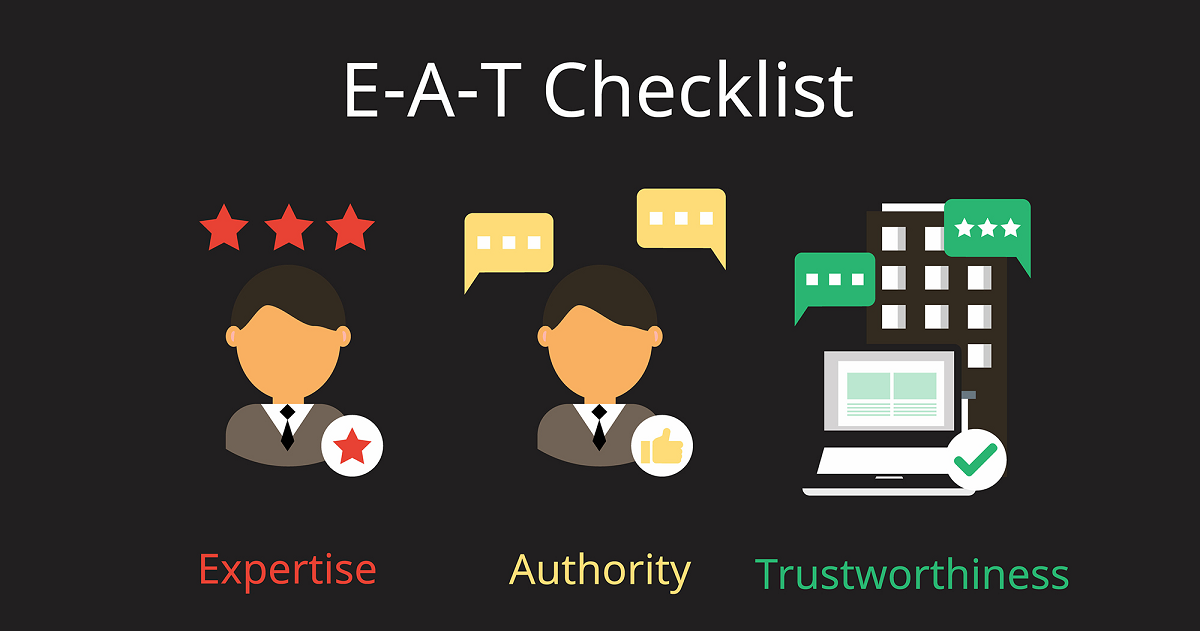BLOG
To find out which keywords your target audience uses to look for a product or service, conduct a research. This process takes time, but it pays off in the long run. To make your keyword research more effective, identify high-volume keywords and long-tail ones. Once you've identified your target audience's search terms, you can begin to refine your content and your website to target those keywords. Here are the steps to conduct keyword research.
Identifying your target audience's search terms
To identify your target audience's search terms, you should start by determining what topics and search terms they use to find information about your industry. Once you know which keywords drive traffic to your site, you can determine how to improve your SEO. It's important to remember that not every search term will bring you traffic, so you should target long-tail terms when you create content. By using audience research tools, you can fill in the blanks and find studies on key aspects of your audience.
Once you know your audience's preferences, you can develop a marketing strategy based on these insights. SEO strategies that are targeted to your target audience put the audience first. For example, social platforms such as Instagram may be best suited to attract younger audiences, while those for older audience groups may do better with email marketing or Facebook. Depending on your target audience, you can use multiple marketing channels to increase visibility and generate more traffic.
Identifying your competitors' search terms
Identifying your competitors' search terms is vital to your success in the online marketing industry. The keywords you use to rank your website in search engines determine how people find it, and using this information to write new content or enhance your company's visibility in the industry is essential. Additionally, you can use this information to discover opportunities for growth in your target market. By analyzing your competitors' website content, you can improve product messaging and landing pages, and find new market niches.
Identifying your competitors' search terms is not a one-time task. Different industries are different, so the competition can be different. For example, you may be targeting a specific geographic area, such as New Malden, but your competitors will be targeting the same keyword phrase as you. To combat this, use tools that allow you to view what your competitors' competitors are already using. For example, you can use Alexa to find out how many keywords are used on your competitors' websites.
Identifying high-volume keywords
If you're looking for high-quality content that reaches your targeted readers, you should identify keywords with a high search volume. Keywords with a high search volume indicate that customers are interested in your topics, and they turn to Google when they need answers. Writing about such topics will increase brand awareness and your website's ranking on the SERPs. So, how do you find keywords with a high search volume?
One of the first steps in search engine marketing is identifying high-volume keywords. This is essential for search engine optimization, because it gives you an advantage over your competitors and specialised results. Furthermore, people are more likely to buy your products or services if they have already read some reviews. Identifying high-volume keywords should be one of your top priorities, as they will contribute to the growth of your business. Identifying high-volume keywords is a necessary step for a successful search engine marketing strategy.
Identifying long-tail keywords
When researching long-tail keywords, you should focus on the needs of the customer. For example, you might want to sell a jacket for women, and the customer may be looking for a particular color, material, or hood. This is where Google's keyword research tool comes in handy. A Google autocomplete will give you an idea of the type of keywords people are searching for. Once you've identified the type of keywords people are searching for, you can research the terms to determine which ones are profitable.
Another benefit of focusing on long-tail keywords is that they will expose your website to a larger audience, and they help you build a search history. By focusing on these keywords, your website can increase its SEO value over time, as it rolls down the SERP ranks. Eventually, it may even appear among the top three slots. Identifying long-tail keywords is vital to ensuring your website survives.
Identifying your content's competitive landscape
A competitive analysis can help you discover the strengths and weaknesses of your competitors and what they're doing well. By taking an honest look at your competition, you'll be able to develop strategies that will help you outperform your rivals. You'll also discover new ways to engage your audience. With competitive analysis, you'll be able to identify your target audience and see what they're looking for.
You can use this competitive analysis to develop new product ideas and improve your customer journey. It can also help you find new industries and user personas that you may have overlooked. And once you've identified your competitors' content, you can leverage your findings to create new products that target the same audience. With this analysis, you'll learn what your competitors' marketing strategies are so that you can create something better. Ultimately, your content will be more valuable if it's better than your competitors'.The body content of your post goes here. To edit this text, click on it and delete this default text and start typing your own or paste your own from a different source.











